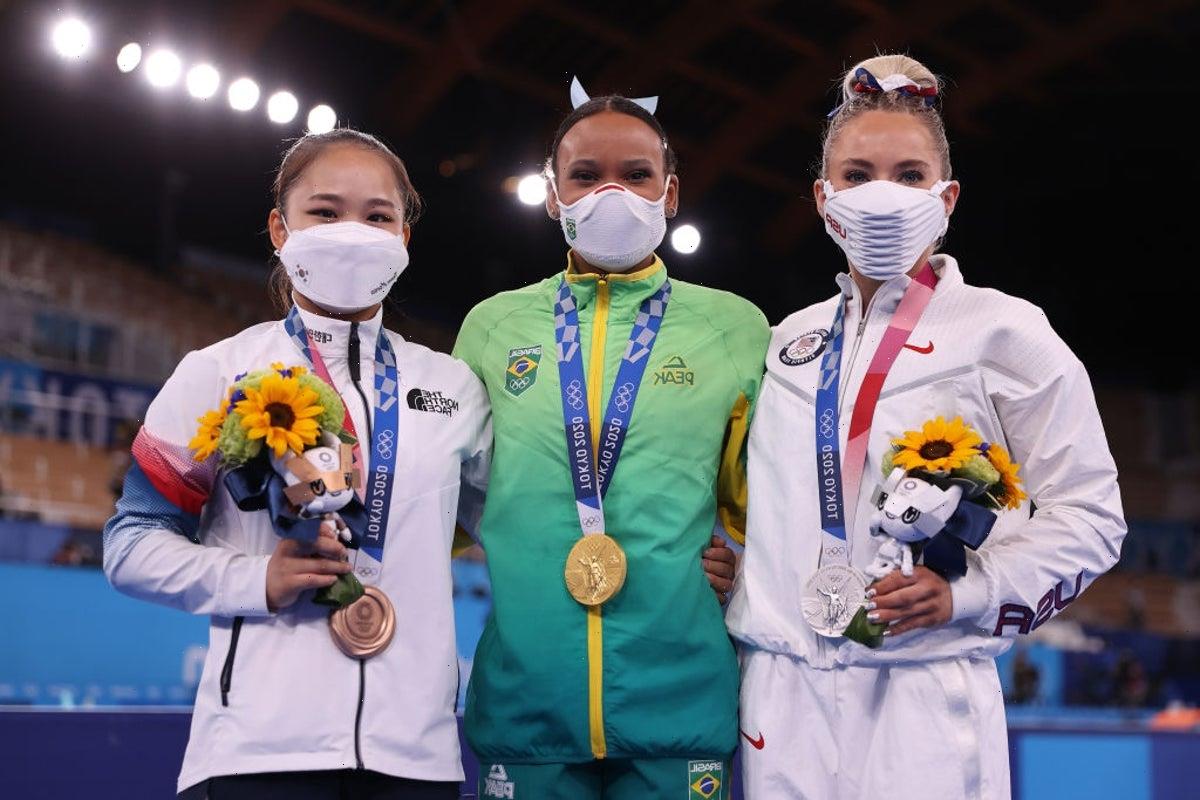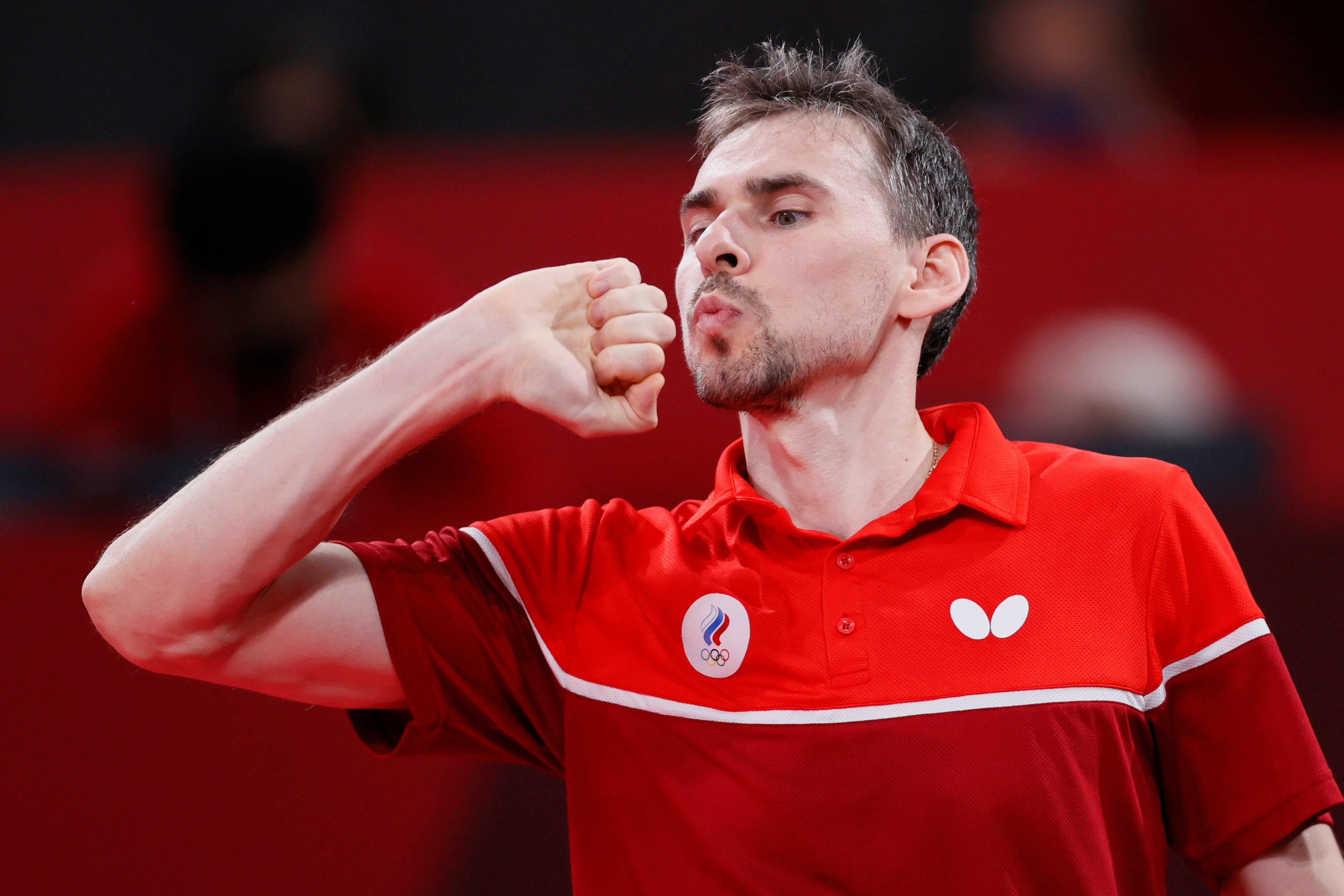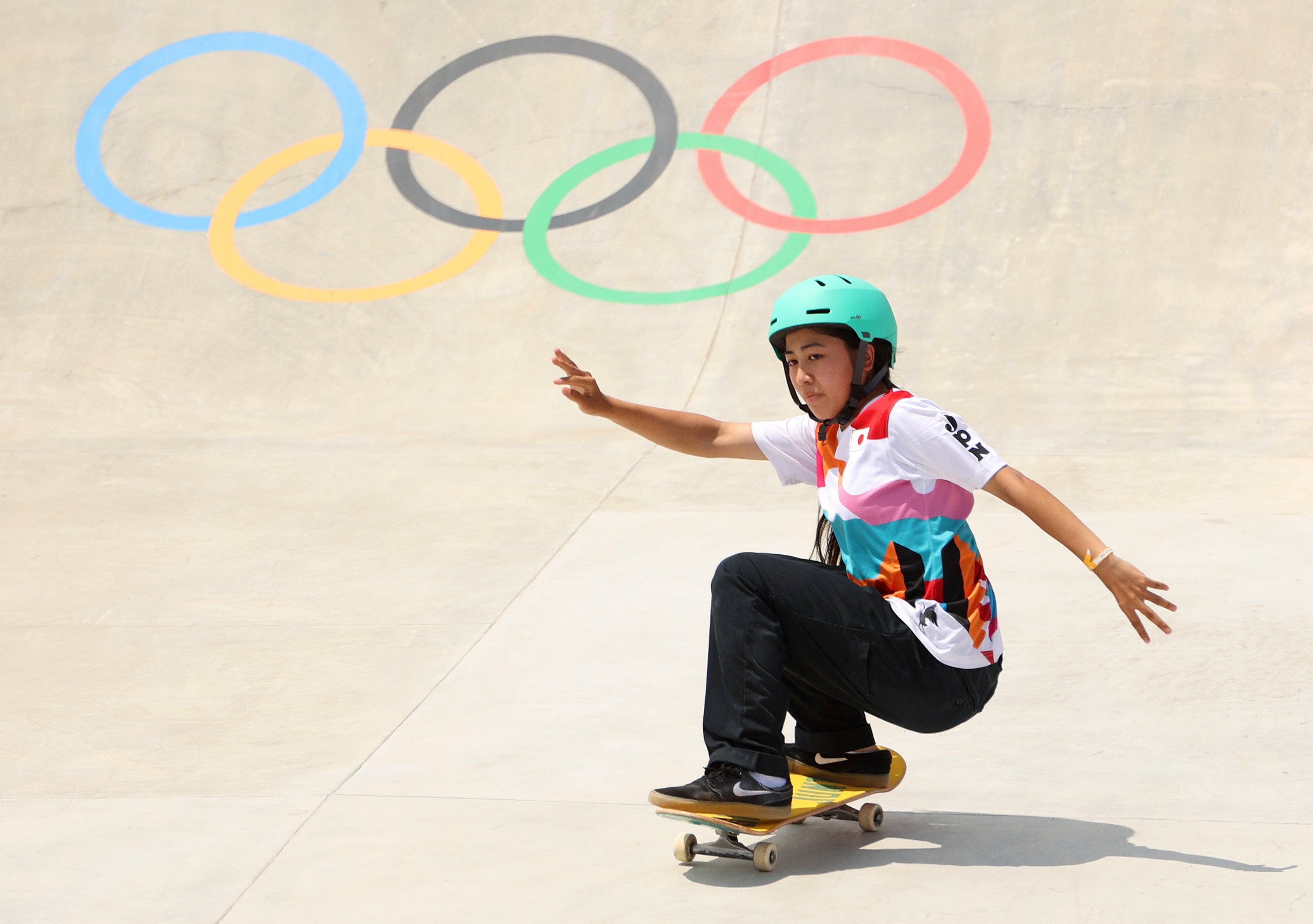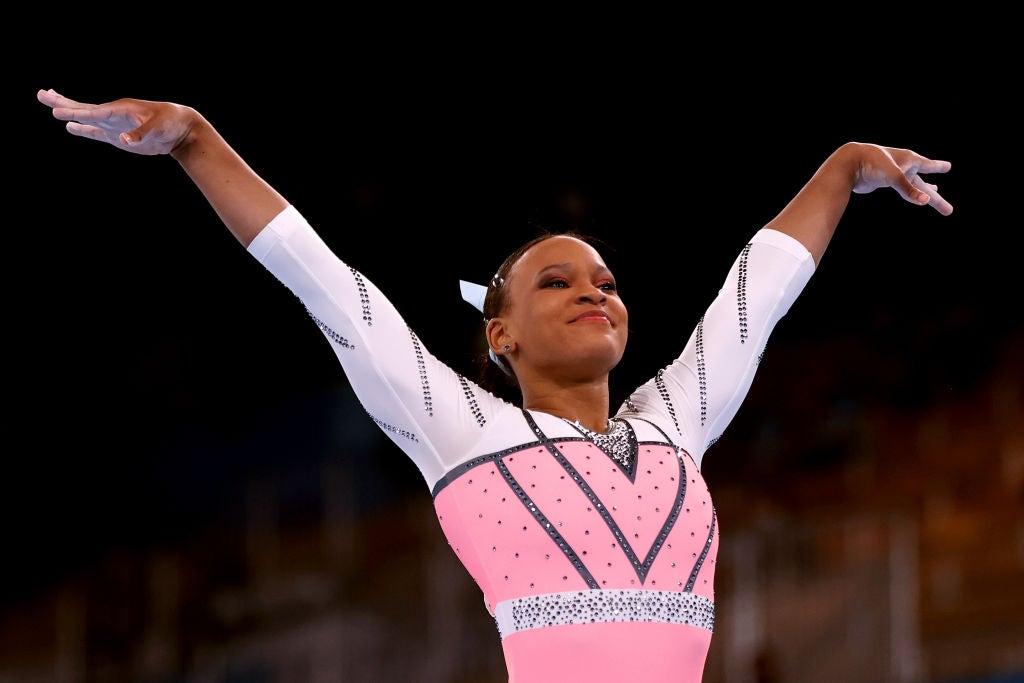Since Simone Biles pulled out of the gymnastics team event on Tuesday citing the “Twisties” as a contributory factor, the word has only just fallen off Twitter’s trending list. Over the last five days, It has been searched more times than during any period since the start of 2004. Google’s Analytics do not go further back than that.
Former gymnasts have come forward with their tales of the Twisties. Some have posted videos of their battles with the Twisties. Even Biles, through a series of Instagram stories, showed footage of trying to rid herself of the Twisties a few days ago in a Tokyo gym. She followed that up with a Q&A where she was asked for more detail on what it feels like.
“Literally can not tell up from down. It’s the craziest feeling ever. Not having an inch of control over your body,” she said.
“What’s even scarier is since I have no idea where I am in the air I also have NO idea how I’m going to land. Or what I’m going to land on. Head/hands/feet/ back…”
In many ways it has been an incredibly informative few days. Gymnastics is the absolute Olympics sport: largely passing people by for a few years before, bang, they’re in deep. Each session is a crash course in the disciplines and code of points. By the time we’re up to speed, it’s all over. But we’ll never forget the Twisties. Forever lodged in our brains as a golden nugget of information, affixed to the most recognisable athlete at the most peculiar Games.
Recommended
There is just one problem. You’re not supposed to talk about the “Twisties”. Especially not around active gymnasts.
It is a very real sporting jinx, like letting a pitcher know he is close to throwing a perfect game. The mere mention of the word sets off the bad sequence of events.
Yet “Twisties” has become a subject unto itself ever since Biles revealed it to be afflicting her when she went off the vault. And on Sunday night in the vault final, with Biles in the stands rather than on the gym floor, it led to an unsettling atmosphere in the Ariake Gymnastics Centre. One where it felt like we were waiting for something to go terribly wrong.
Rarely has a little information shown itself to be a bad thing. But the rudimentary logic was that if the greatest gymnast of all time could be affected so badly to pull herself out of five out of six gold medal events so far – and the smart money is news of a full set of withdrawals by Monday – how could the others block out its ubiquitous mentions and not succumb? Especially on the vault, the riskiest apparatus of the lot.
Biles was her encouraging best in the stands. And yet for all the confidence she breathes into others as the most illustrious cheerleader in Olympic history, it was hard not to regard her (unfairly) as the spectre of this meet.
For her American teammates in action, the last few days have been especially challenging. Just as Biles speaks of the weight of the world on her shoulders, so her teammates see her as the one who has taken on the most responsibility to their cause and delivered accordingly. Now the focus is on how they do their bit.
Sunisa Lee took the mantle on the all-around with gold. But the responsibility for the vault, Biles’ best suit, fell to MyKayla Skinner and Jade Carey. Both were anxious.
The nerves were more vividly worn by Carey. Her first attempt was tentative, run-up watchful, especially so up to the table. Her landing drew the same gasps Biles had done days ago. Her walk back was similar: an irrepressible frown etched across her face, a concerned coach by her side. A score of 11.933 nowhere near good enough to trouble the medalists. A deep breath and a second attempt registered higher but averaged out at 12.416 – the lowest by two full points.
Skinner, though, excelled. And it was all the more remarkable that she did so as the first to go.
Her path to this moment has been very different. At 24, she had just about come to terms with the fact she wouldn’t see any action in Tokyo, and was on the verge of getting the plane home to the United States. A repeat of Rio 2016, where she was unused, look on the cards.
Here she is, however, wearing a silver medal for her efforts. Efforts that would not have come without Biles’ stepping aside and flexing her muscles to tell USA Gymnastics that Skinner had to stick around.
“I thought, ‘Oh my gosh I am going to be competing again,’” Skinner said. “To be able to change my mindset has been a little bit difficult.” But change she did.
Alongside her was Rebecca Andrade. The 22-year-old has been through the ringer: three anterior cruciate ligament tears, not qualifying for the 2020 iteration of these Games and getting a pandemic do-over for 2021. With careful, expansive abandon, she became Brazil’s first female Olympic champion in Gymnastics thanks two fizzing combinations of attack, spring, leaps and, of course, landings which averaged her out at 15.083.
To look at Andrade and Skinner alongside bronze medalist Yeo Seojeong of Korea on the podium was to see success. Not relief to have got through in one piece, or satisfaction they conquered the treacherous vault. And those damn twisties.
This, simply, is the lot of a gymnast: the physiological toils of its graft and the accept physical cost are irrevocably bound. You accept this tax when you make this sport part of who you are.
And before us on Sunday were reminders of how powerful gymnasts can be. Not just on the podium but lining up alongside the vault an hour earlier, and in the preceding heats.
At a time when a gymnast’s weaknesses have never been more openly discussed, never have they seemed stronger.
Source: Read Full Article



